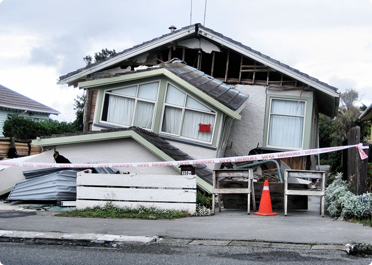
THE MOST POPULOUS U.S. STATE
California likely has one of the most diverse climates of all the U.S. states. In some areas, the weather stays in the Mediterranean range while in California’s mountains and in higher elevations cities the temperature reaches subarctic status. The drastic changes in climate are exemplified by Mount Whitney and Death Valley. Mount Whitney, the highest point in the United States, is less than 90 miles away from the lowest point in all North America, Death Valley. The northern part of the state has a higher amount of rainfall, while the southern more dry part of the state is prone to wildfires. Californians experience a wide array of different weather patterns, which necessitates good homeowner insurance. Many Californians not only have basic insurance, but add additional coverage for things like flood damage and fire damage.
Perhaps the most stereotypical natural disaster that people associate with the state is earthquakes. Earthquakes are common, but many of them do little to no damage at all. However, there have been a number of large earthquakes that have done significant damage to homes and businesses in the affected area. Earthquakes on the west coast are common because many of the western states lie on what is known as a fault line. The San Jacinto Fault located in Southern California is the most prominent one. In 1989, the Loma Prieta earthquake struck the Bay Area near San Francisco at a magnitude of 6.9 and killed 63 people and injured near 4,000. The Northridge earthquake in 1994 hit at a magnitude of 6.7 which caused people even as far away as Nevada to feel the shock. The estimated damage was $20 billion. Another more recent earthquake was the 2010 Baja California earthquake. This one hit at a whopping 7.2 magnitude right on the California-Mexico border.
